Canada is abundant with all kinds of fascinating wildlife; it’s part of what makes our nation so majestic and beautiful. Unfortunately, wild animals can get injured for any number of reasons: they can be hit by cars, attacked by larger animals, or simply get sick. You may come upon an injured animal and wonder how you can help. While it’s good to know some basic animal care tips, it’s important to know how to provide that care safely.
Injured and Dead Animals
If you encounter an injured animal, contact a licensed wildlife rehabilitator who has the proper medical training and experience to treat it. The Canadian Wildlife Service can assist you in locating a rehabilitation centre or wildlife rehabilitator. (In Toronto, there are organizations like the Toronto Wildlife Centre that rehabilitate wild animals.) Call for help as soon as possible; the first 48 hours are crucial to an animal’s survival. It’s not a good idea to take an injured animal to a humane society or animal control location because they don’t have the proper care facilities and will probably have to put the animal down. Also, in Ontario, it’s illegal to bring native wildlife into your home.
Until a wildlife professional arrives, it’s important to how you may be able to offer aid. Proper care depends to some extent on what type of animal you find and its size. (Of course, if the animal is uninjured and simply causing trouble around your home or workplace, call a wildlife removal service to retrieve it.)
Large Mammals
A large injured animal like a raccoon, fox, or coyote can be dangerous, especially if it turns out not to be as hurt as you thought. These animals may bite or scratch, so it’s advisable not to get too close. (If an animal does attack, go to the doctor as soon as possible. You may have to get a rabies shot.)
The first thing to do is look for signs of injury. From a safe distance, check if the animal:
- has blood on its body.
- has any obvious wounds.
- looks disoriented or walks in circles.
- is missing any fur.
- has one or more broken limbs.
- has an object or substance stuck to its body.
- acts weary or exhausted or allows you to approach — these could be warning signs that it is sick/ill.
It’s never a good idea to contain a large animal by yourself. The better choice is to get a wildlife rehabilitator to take care of it. However, in some cases, the animal is so injured that you may be able to try. One thing to remember is that you should never pick up an injured animal with your hands. There are several indirect methods you can use instead, and a wildlife rehabilitation expert can talk you through them. If you manage to contain the animal, secure it in a dark, quiet place if you can until help arrives to collect it. Unless instructed to do so, don’t feed it or give it any water.
Small Mammals
Small mammals include squirrels, mice, chipmunks, opossums, and others. Signs of injury are the same as for large animals, except for one addition: if a small animal has been hurt by a cat, it will need immediate medical care. These wounds are considered traumatic injuries, even if the animal’s pain or distress isn’t obvious.
A small mammal is much easier to contain and you can probably manage it alone. To do so safely, use a box or similar object with an open end. Approach the animal quietly and carefully and place the container over it. Slip a piece of wood or sturdy cardboard underneath to enclose it inside, and then take the animal to a safe place (especially if it’s near traffic). Keep the animal in a dark, quiet place and wait for a wildlife rehabilitator to come and collect it. Remember: these animals have sharp teeth and claws and will bite or scratch if they feel threatened. They may look harmless, but always be very cautious.
Small Birds
If you come across an injured bird like a robin, blue jay, finch, or dove, inspect it for blood, wounds, or a foreign object or substance on its body. Also, check if its limbs look broken or if it’s able to fly. As with small mammals, if the bird has been injured by a cat, it’s considered a medical emergency. You can contain the bird yourself by laying a towel over it and then putting it into some kind of container like a cardboard box with a lid. Keep the bird in a dark, quiet place and contact a wildlife rehabilitator for assistance.
Large Birds
A large bird is more difficult because it may snap at or even stab you with its beak. In fact, if you’re planning to contain a large bird, ask a wildlife or pest control expert to help you; the task is much safer in the hands of an expert. After throwing towel or sheet over it, picking it up while holding its wings close to its body, the pest professional may keep the bird in a dark, quiet place without food or water until a rehabilitator can retrieve the bird.
Hitting a Deer or Other Large Animal
Unfortunately, collisions with deer or other large animals sometimes occur, especially in more rural areas. This can be dangerous for both the driver and the animal. If you see an animal enter the road, experts say that the best course of action is to hit it. Swerving to avoid contact puts you at risk of hitting another car or losing control of your vehicle, and could lead to a much more serious accident.
The Wildlife Roadsharing Resource Centre offers numerous safety tips regarding what to do if you hit a deer or other large animal. Most importantly, always pull over to the side of the road and call 911, particularly if the animal’s body obstructs traffic. (You are also obligated to report all accidents with animals to your insurance provider.) If the animal is injured, don’t touch it or attempt to move it. You may hurt it further or you may get hurt.
Hopefully, with this information you’ll be more confident if you come upon an injured animal. This can be a traumatic situation for you and for the animal, and it’s important to have the skills and information to deal with it.
At Liddle Rascals, we usually work with animals who are healthy, but they can still be a nuisance when hiding in or around your home. For safe and humane wildlife removal in Toronto and the GTA, give us a call at (416) 356-5886. Take a look at our list of services to see how we can help you.
Expert Injured and Dead Animal and Wildlife Removal in the Greater Toronto Area
We are available 24 hours a day, seven days a week.
Call us at (416) 356-5886 or contact us online.





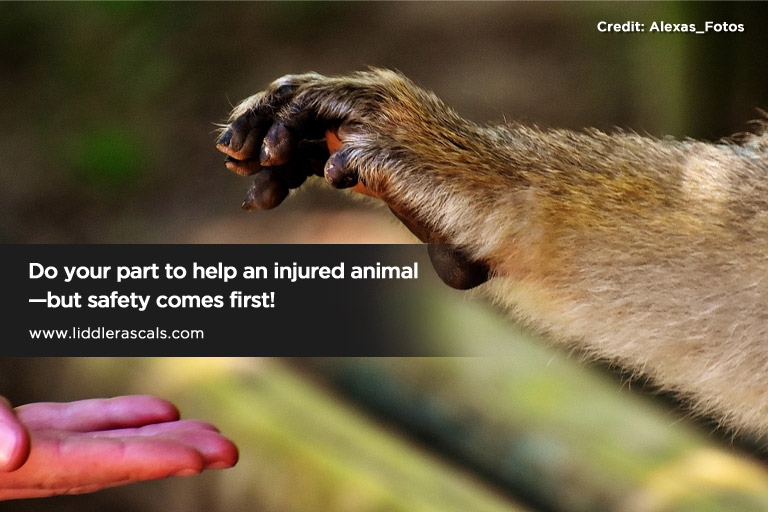
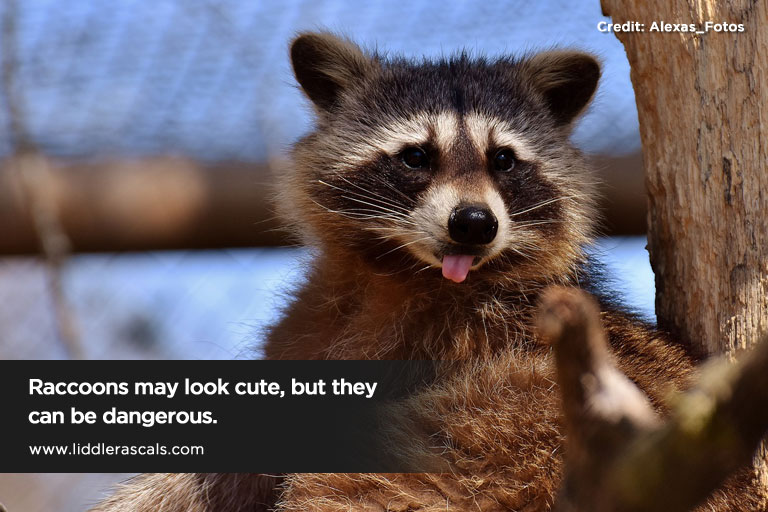
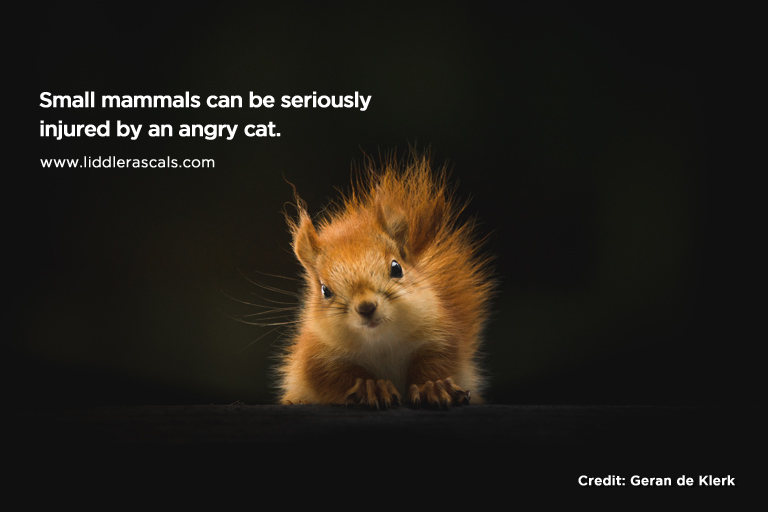
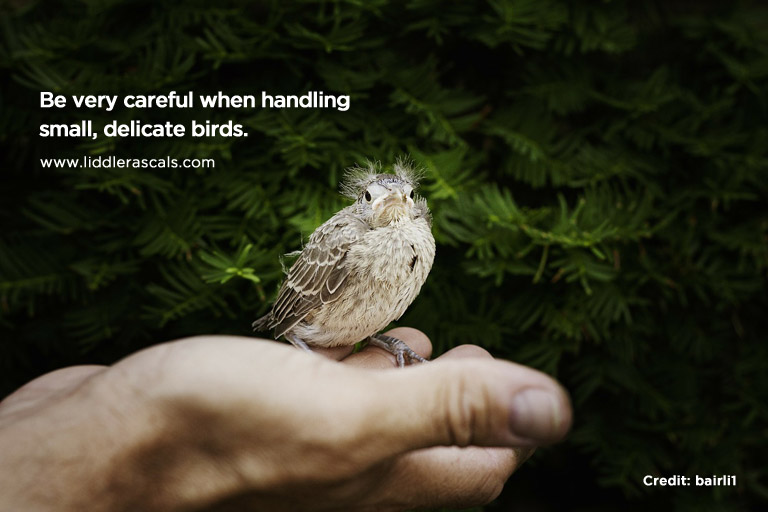
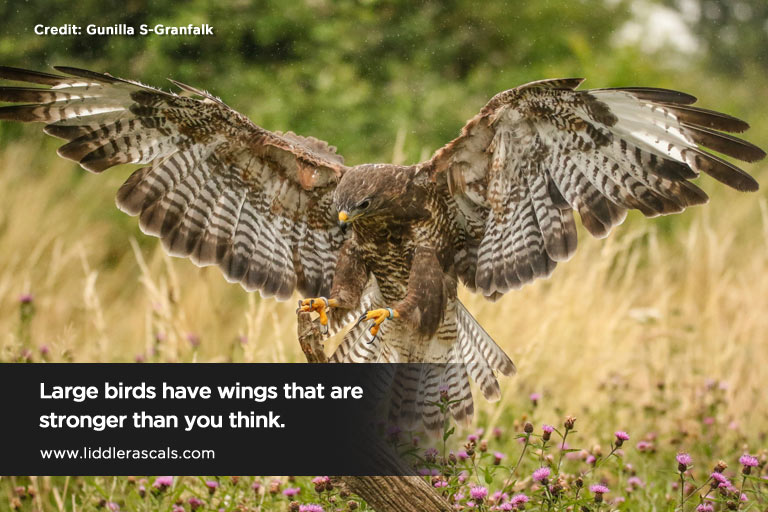
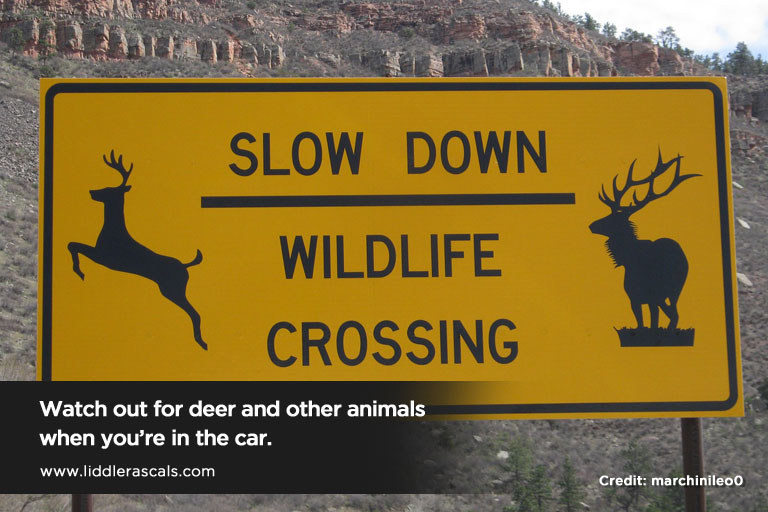
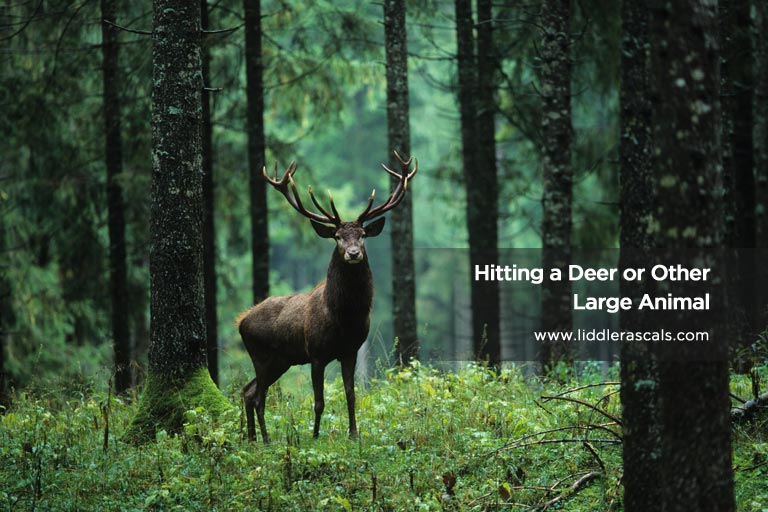
Leave a Reply
You must be logged in to post a comment.